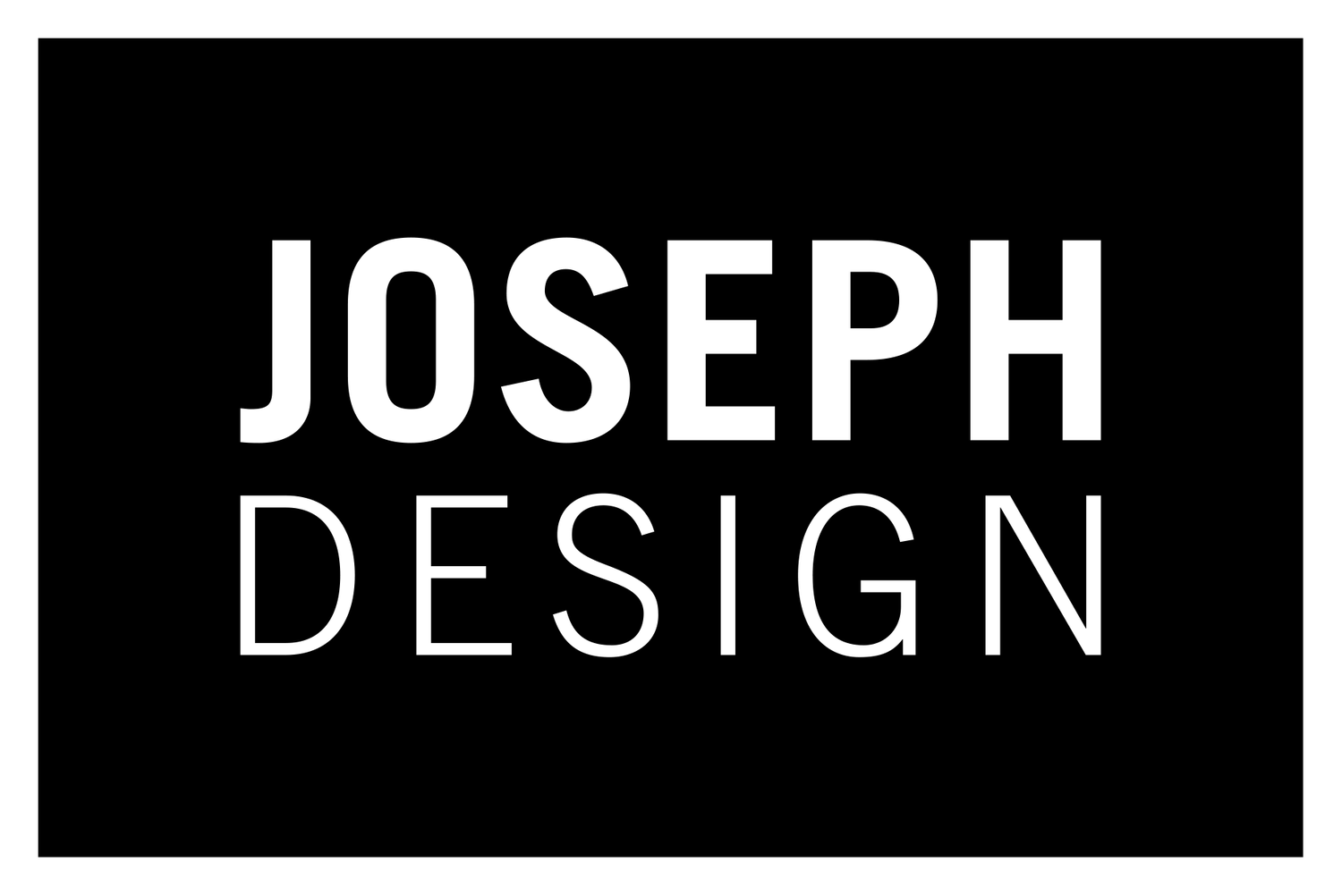EIGHT: CONCEPTING
Once we had our retailer defined, our consumer clearly understood, and our aesthetic cues established, we set upon the task of creating the the ideas which would ultimately become our products. At first, these sketches conveyed basic problem solving, but as we refined them, some very meaningful ideas began to surface.
As some of the ideas began to show promise, we moved into more formal ideation. The loose ideas began to become tangible. An aesthetic began to solidify. The first candidates were emerging.
Some of our concepts revolved around the idea of a "pod" that could sit on a counter or tabletop and provide charging and simple cable storage for both personal and shared devices around the home. Others focused on addressing the issue of a cluttered nightstand. Some were for personal use, others were for common areas.
NINE: DEVELOPMENT
We had made our initial pitch to Griffin's management and the overall response was extremely encouraging. While our sales team began searching for a new member who had experience with the accounts we were shooting for, we received a mandate from the president to take one of our concepts and develop it on a slightly separate track. At the time, Griffin was researching the potential benefits of engaging in a crowd-funding platform like Kickstarter or Indiegogo. It seemed like a challenging prospect because typically, established companies don't employ this kind of tactic. Nevertheless, the enthusiasm for one of our concepts, dubbed "Breadbox", had caught the eye of our marketing team and they felt it was an intriguing candidate for a crowd-funded campaign.
The idea behind the breadbox was seemingly simple: An enclosure which can provide charging for up to 5 devices, suitable for kitchen, living rooms, or other common areas.
One concern with the original concept was size. At around 18" wide, this product would be potentially expensive to ship and difficult for some retailers to shelve. We came up with some alternate form factors that could provide similar functionality in a smaller package, but both management and the marketing department felt that the "breadbox" metaphor was important enough to the message of the product that they did not want to abandon it. It was a tricky prospect, but we felt it could be done.
As all branches of Griffin's product development team got up to speed on this project and the Indiegogo campaign that would accompany it, the product design team was hard at work turning this deceptively simple idea into something that would work beautifully, be manufacturable within our current roster of suppliers, and could be sold profitably within our intended margin structure.
"Cove", as it would become to be named proved to be an extremely challenging and exciting product to develop. Our best suited factory had never developed tooling for parts this large. Our engineers diligently pushed the limits of their extensive plastics knowledge to give the product an exceptionally solid feel. Getting the water transfer wood graphics to align and have the right appearance without an absurd scrap rate was a project in itself. Heat dissipation. Cable management. Some of the most ingenious snap engagements I have ever seen an engineer accomplish. And all with a public campaign watching over our progress, accompanied by the constant ticking of an unforgiving clock. I spent more time on the ground in China working to get Cove just right than any previous endeavor.
Every project poses a new challenge, that's why design is such a fascinating field. Although the idea for this product was simple, the implementation required the very best of my team's efforts and talents.
TEN: RESULT
As we look to the future, the value of the insight and inspiration that we obtained during Project Rapunzel isn't immediately apparent when you look at Cove, the venture's first result. However, you look at the product and it makes sense. You place the product in your home and it feels at home as soon as you do. You use the product and it serves you well. When you design a product with good process, it all seems obvious in retrospect. That's what success often looks like to a designer.


















